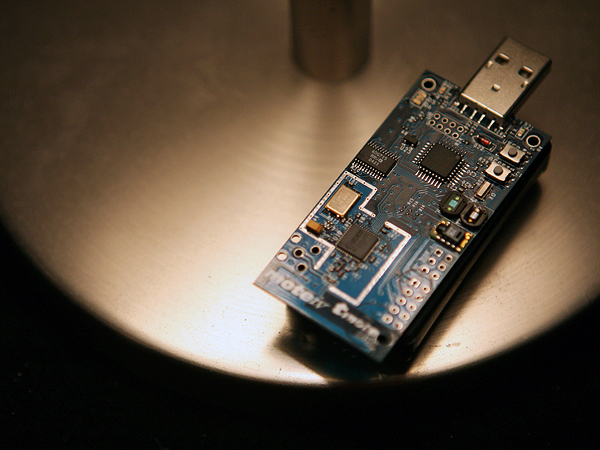 |
|
 |
|
 |
|
 |
|
COMPETITIVE ANALYSIS
Use CasesFirst Alert SA302 Smoke Alarm
Hardware:
 |
|
 |
|
 |
|
 |
|
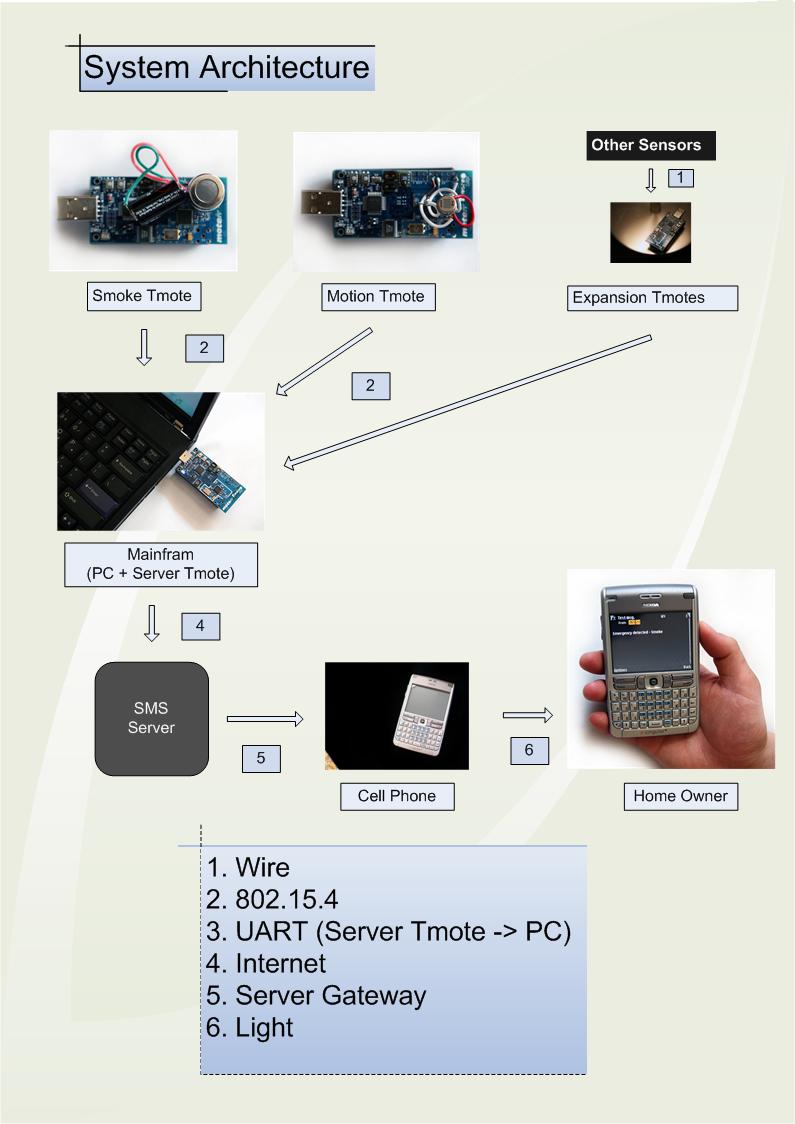
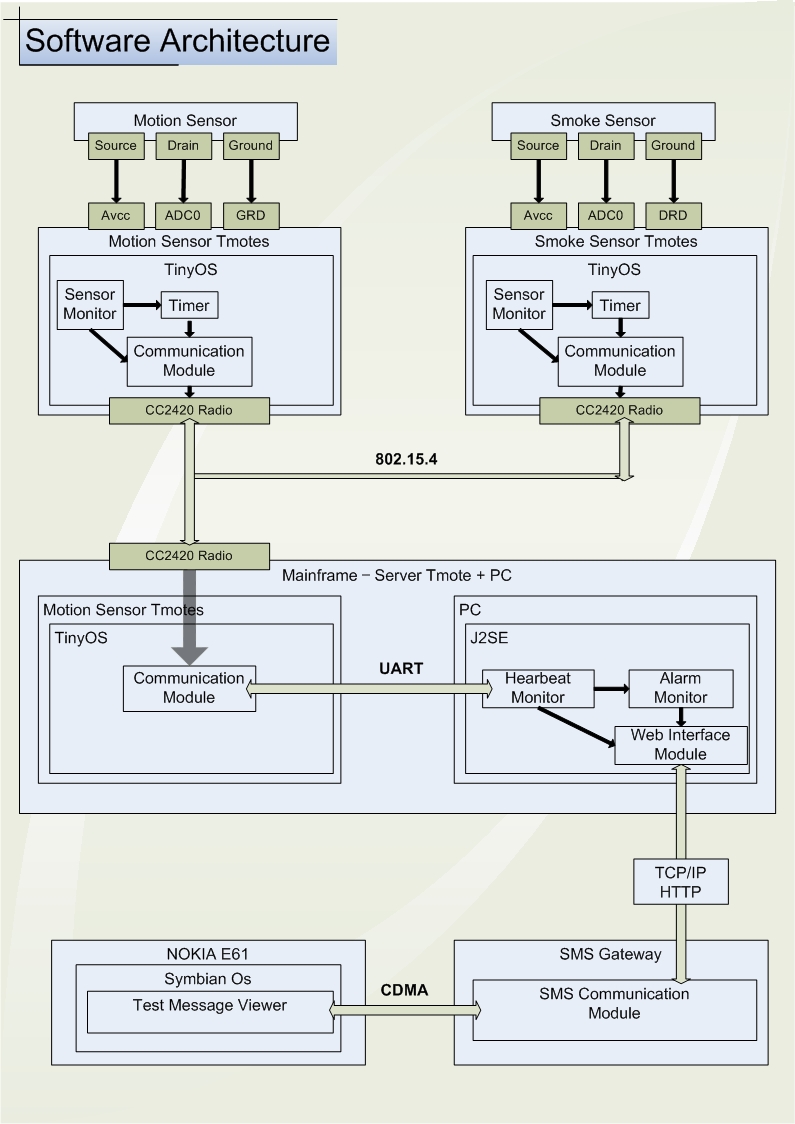
USE CASES (INTERACTION DIAGRAMS)


| Risks | Mitigation | |
| Fundamental | Sensor compatibility | Extra battery for input; ok with output voltage |
| Interference | Timeout and retry (application) | |
| Loss of Internet connection | Outside scope of project | |
| SMS server down | Outside scope of project | |
| Ancillary | Battery drains | Timeout and retry , lowpower mode |
| False alarm | Calibration |
| Structure | Code | Implementation |
| Mainframe(PC) | Mainframe.java | Monitors hearbeat, Communication between server Tmote and Sensor Tmotes |
| Application.java | send text to SMS gateway | |
| Mainframe(ServerTmote) | CountReceiveC.nc | Wire Main, CountReceiveM, HPLUARTC, GenericComm and LedsC |
| CountReceiveM.nc | Receives Message from Sensor Tmote and forward the message through UART | |
| CountMsg.h | src = id of Sensor Tmote; n = message of Sensor Tmote | |
| SensorTmote | OscilloscopeTmoteSky.nc | Wire Main, TimerC, HmamatsuC, CC2420ControlM, HPLCC2420C, GenericComm |
| OscilloscopeTmoteSkyM.nc | Monitors sensor every 500ms and send data to ServerTmote when target value is detected | |
| CountMsg.h | src = id of Sensor Tmote; n = message of Sensor Tmote |
Name |
Why |
How |
Evaluation Criteria |
| Bootstrap | To test the starting sequence | Plugging in the server Tmote to the Mainframe PC |
Fault-free |
| Teardown | To test the ending sequence of the mainframe | Plugging out the server Tmote from the Mainframe PC |
Fault-free |
| Repeated Bootstrap + Teardown | To test the start after repeatedly turning it on and off |
Plugging the server Tmote in and out four times within five seconds, then plugging it in. |
Failure-injected |
| Normal Operation | To test the normal operations of all the components | >Start Mainframe >Generate problem |
Fault-free |
| Internet Disconnection | To test the Mainframe's message queue system | Plugging out ethernet cable during the process of sending the emergency SMS |
Failure-injected |
| Sensor Tmote Disconnection | To test the sensor Tmote's message queue system | Blocking communication between sensor and server Tmotes while sensor Tmote detects a problem | Failure-injected |
| SMS Gateway Down | To test the Mainframe's exception generation | Trick the system into thinking that the system is connected to the Internet and send an emergency SMS | Failure-injected |
| Installation/Configuration |
To test the portability of the code | Using an installation script on another Linux machine | Fault-free |
EXPERIMENTAL EVALUATION (Need To be fixed)
Notification Time to User(sec) |
# test |
Frequency (%) |
0-10 |
6 |
13.333 |
10-20 |
18 |
40 |
20-30 |
12 |
26.667 |
30-40 |
4 |
8.889 |
40-50 |
2 |
4.444 |
50-60 |
1 |
2.222 |
60-70 |
1 |
2.222 |
70-80 |
0 |
0 |
80-90 |
1 |
2.222 |
90-100 |
0 |
0 |
Total |
45 |
|
Min |
2 |
|
Average |
20.42 |
|
Max |
83 |
|
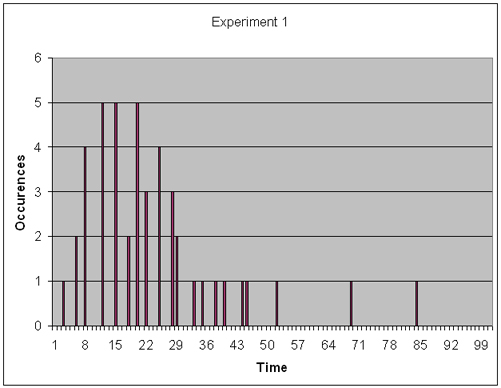
Notification Time to User(sec) |
# test | Frequency (%) |
0-10 |
3 |
7.692 |
10-20 |
11 |
28.205 |
20-30 |
8 |
20.513 |
30-40 |
5 |
12.820 |
40-50 |
3 |
7.692 |
50-60 |
2 |
5.128 |
60-70 |
3 |
7.692 |
70-80 |
2 |
5.128 |
80-90 |
1 |
2.564 |
90-100 |
1 |
2.564 |
Total |
39 |
|
min |
5 |
|
max |
93 |
|
avg |
26.88 |
|
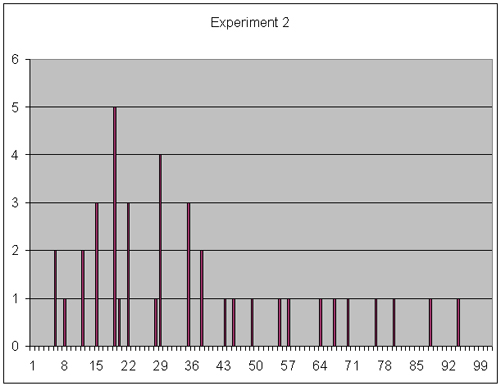
Notification Time to User(sec) |
#of occurence(smoke) |
Frequency (%) | # of occurrence(motion) |
Frequency (%) |
0-10 |
5 | 12.5 | 2 | 5.556 |
10-20 |
14 | 35 | 7 | 19.444 |
20-30 |
11 | 27.5 | 11 | 30.556 |
30-40 |
5 | 12.5 | 6 | 16.667 |
40-50 |
2 | 5 | 3 | 8.333 |
50-60 |
1 | 2.5 | 2 | 5.556 |
60-70 |
1 | 2.5 | 2 | 5.556 |
70-80 |
0 | 0 | 1 | 2.778 |
80-90 |
1 | 2.5 | 1 | 2.778 |
90-100 |
0 | 0 | 1 | 2.778 |
| Total | 40 | 36 | ||
| Min | 4 | 4 | ||
| Average | 22.1 | 22.1 | ||
| Max | 91 | 91 |
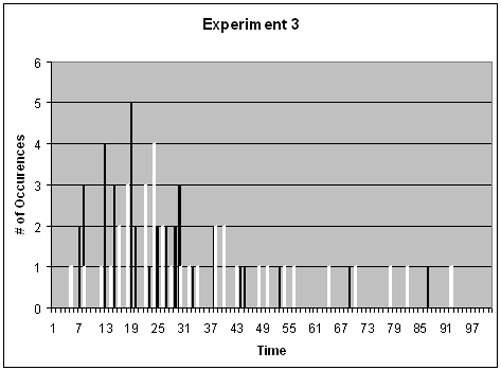

"COME WITH ME IF YOU WANT TO LIVE"